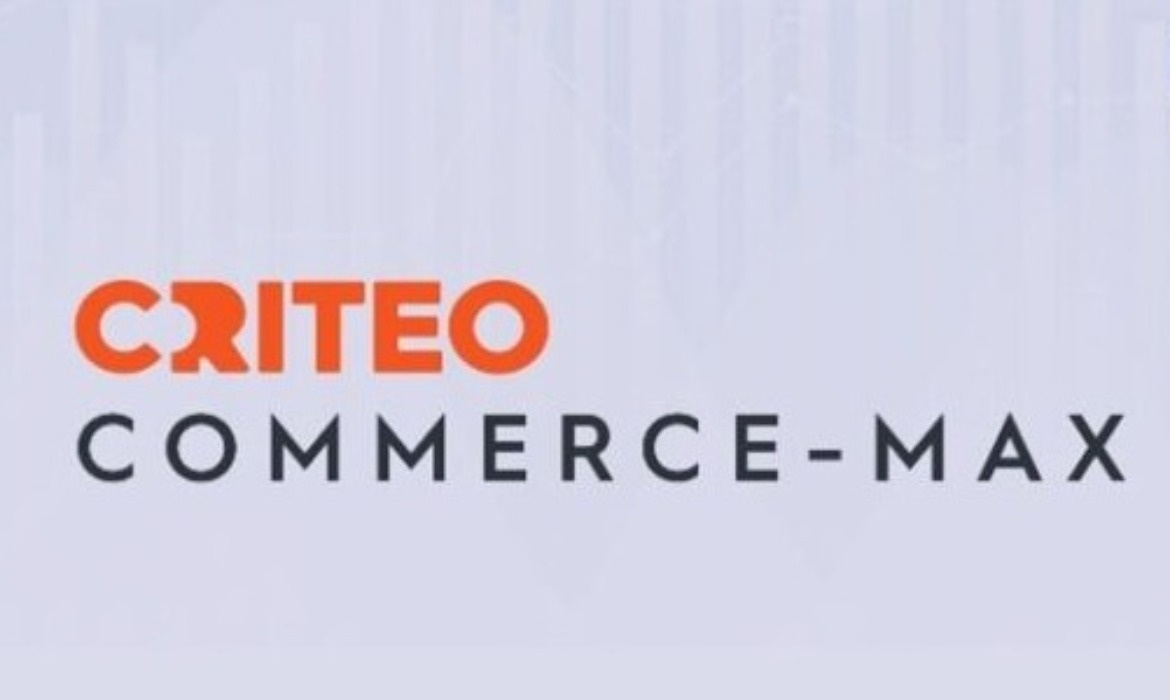Criteo’s Commerce Max DSP Unites Retail Media with General Availability
Criteo, the commerce media firm has made its self-service demand-side platform (DSP) Commerce Max, generally available. Brands and agencies will now have a single point of access to retail media inventory both on-site and across premium publishers off-site. Criteo is extending its array of retailer monetization solutions in addition to Commerce Max. Retailers will have the ability to meet previously unmet demand thanks to it. It will also open the door to an amalgamation of online and offline monetization strategies.
The world of retail media
Advertisers wishing to interact with consumers and learn more about their purchasing habits have a lot to gain from the rapidly expanding field of retail media. But with so many shops entering the retail media sector in recent years, the industry has grown unstable. However, it has been incredibly effective for merchants trying to expand their existing revenue streams. It has also benefited companies and organizations trying to actively engage customers in the purchasing process. Retailers, brands, and agencies have not, however, been able to fully utilize retail media due to fragmentation in the market.
Creating scalable commerce
With Commerce Max DSP, Criteo was a pioneer in introducing digital measuring standards to retail media. Additionally, it enables marketers and agencies to track invalid visitors to merchant websites in all ad formats. This is thanks to its connection with Integral Ad Science. By 2024, they will also contain sponsored and native products. In 2022, GroupM and Best Buy, a retailer of consumer electronics, launched a marketing test with the DSP. Over the course of time, Commerce Max signed up 10 shops, including Shipt, Macy’s, and Best Buy.
When running both onsite and offshore advertising through the platform, retailers who have finished campaigns have seen conversion rates increase by an average of more than double. Brands and agencies from all over the world can obtain data and inventory from various retailers and marketplaces using Commerce Max DSP. They can use it to expand these audiences offsite and locate relevant audiences on these sites. Closed loop measurement serves as the foundation for this platform. It enables advertisers to rapidly and effectively assess the success of campaigns and optimize them accordingly.
Read More: Vistar Media Enhances DOOH Advertising with Retail Inventory Package
Unifying Retailers’ Approaches
The merchant monetization solution suite is the second element that Criteo has released. It is the next stage in the advancement of Commerce Yield, Criteo’s primary monetization technology. Along with giving retailers and marketplaces access to a full suite of media capabilities, it will also benefit businesses like automakers, theaters, transportation providers, airlines, and more. In order to create Commerce Yield, Criteo combined its existing Retail Media Platform with a number of products acquired through recent strategic acquisitions. They consist of
- Commerce Yield Marketplace: It will assist monetization officers in integrating marketplace methods and formats thanks to Criteo’s strategic acquisition of Mabaya.
- Commerce Yield In-Store: By combining their in-store monetization technologies, Brandcrush and Criteo, advertisers now have access to a greater variety of offline inventory.
- Commerce Yield Insights: Previously known as Gradient, the package of insight and analytics solutions offers digital-off-the-shelf data to assist with enterprise-level retail media buys.
Here’s what they said
Megan Clarken, CEO at Criteo, said the company’s emphasis is to enable all commerce-driven firms to buy and sell to audiences engaged in shopping. She further added,
The process has to be frictionless, and it has to solve for fragmentation. With today’s launch, we’re equipping our clients with the right tools to cut through and connect in a more unified retail media ecosystem that ultimately creates more unity across the broader advertising marketplace. Our focus is enabling all commerce-driven companies to buy and sell audiences engaged in shopping. The process has to be frictionless, and it has to solve for fragmentation. With today’s launch, we’re equipping our clients with the right tools to cut through and connect in a more unified retail media ecosystem that ultimately creates more unity across the broader advertising marketplace.
Billy Dyer, Club Team Shopper Marketing Lead at Unilever following another successful test with GroupM and Unilever in which the brand’s conversion rate rose by over 400% praised Criteo saying,
Through Criteo we now have one point of entry to a pivotal retail media network, all within a single platform – Commerce Max – that applies the same KPIs to retail media as those we use for our programmatic buys. Combining onsite and offsite targeting enables us to focus media spend across a broader part of the shopper funnel while finding the most suitable audiences wherever they are.
Mark Heitke, Director of Ad Products and Audience Strategy at Best Buy Ads commented,
We’re excited to be at the forefront of the rollout of the Commerce Max platform, starting with its initial testing phase and now its general availability. The platform offers a variety of onsite and offsite capabilities, giving our brand partners even more options to reach our audiences in meaningful ways.
Read More: Omnicom and Criteo Unveil First-Of-Its-Kind Retail Insights Alliance


